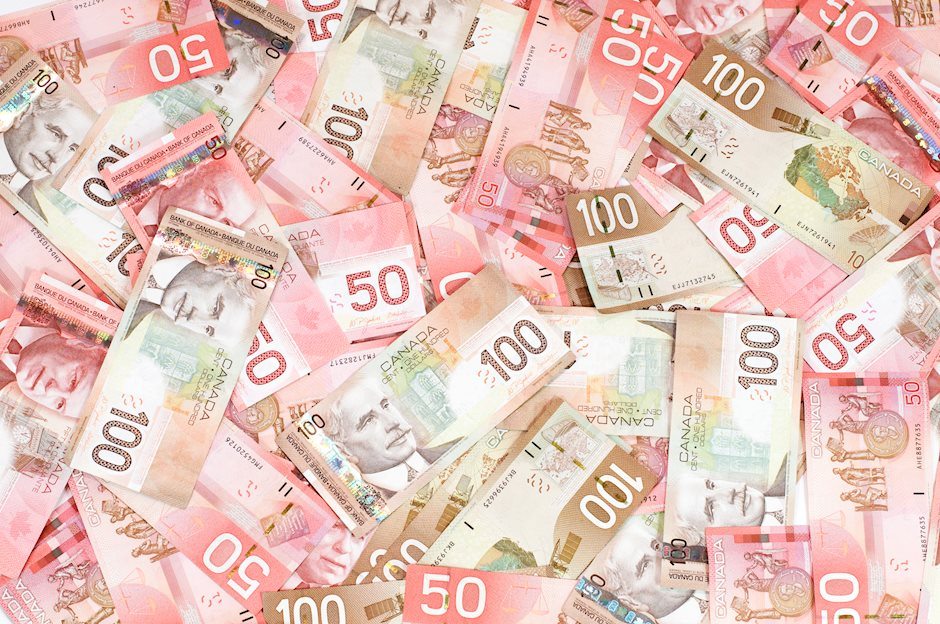USD/CAD hangs near two-week low amid weaker USD, sliding Oil prices lend support
- USD/CAD remains under some selling pressure for the fourth successive day on Thursday.
- Dovish Fed expectations, sliding US bond yields weigh on the USD and exert some pressure.
- A modest downtick in Oil prices could undermine the Loonie and lend support to the major.

The USD/CAD pair drifts lower for the fourth straight day and trades around the 1.3735-1.3740 area during the early European session on Thursday. Bearish traders now await some follow-through selling below the 1.3720 area, or over a two-week low set on Wednesday, before positioning for an extension of this week's sharp retracement slide from the vicinity of mid-1.3900s, or the highest level since October 2022.
Rising bets for bigger interest rate cuts by the Federal Reserve (Fed), bolstered by the incoming softer US economic data, trigger a fresh leg down in the US Treasury bond yields. This, in turn, drags the US Dollar (USD) away from the weekly peak set the previous day and is seen exerting downward pressure on the USD/CAD pair. That said, the prevalent cautious market mood could help limit any meaningful depreciating move for the safe-haven Greenback.
Against the backdrop of China's economic woes, fears of a possible recession in the US, along with persistent geopolitical risks stemming from the ongoing conflicts in the Middle East, weigh on investors' sentiment. Furthermore, worries that an economic downturn in the world's two largest economies will dent fuel demand weigh on Crude Oil prices, which could undermine demand for the commodity-linked Loonie and lend support to the USD/CAD pair.
Market participants now look to the US economic docket, featuring the usual Weekly Initial Jobless Claims data later during the early North American session. Apart from this, the US bond yields and the broader risk sentiment might influence the USD demand, which, along with Oil price dynamics, should provide some impetus to the USD/CAD pair. The market attention will then shift to the monthly employment details from Canada, due for release on Friday.
Economic Indicator
Unemployment Rate
The Unemployment Rate, released by Statistics Canada, is the number of unemployed workers divided by the total civilian labor force as a percentage. It is a leading indicator for the Canadian Economy. If the rate is up, it indicates a lack of expansion within the Canadian labor market and a weakening of the Canadian economy. Generally, a decrease of the figure is seen as bullish for the Canadian Dollar (CAD), while an increase is seen as bearish.
Read more.Next release: Fri Aug 09, 2024 12:30
Frequency: Monthly
Consensus: 6.5%
Previous: 6.4%
Source: Statistics Canada
Author

Haresh Menghani
FXStreet
Haresh Menghani is a detail-oriented professional with 10+ years of extensive experience in analysing the global financial markets.

















